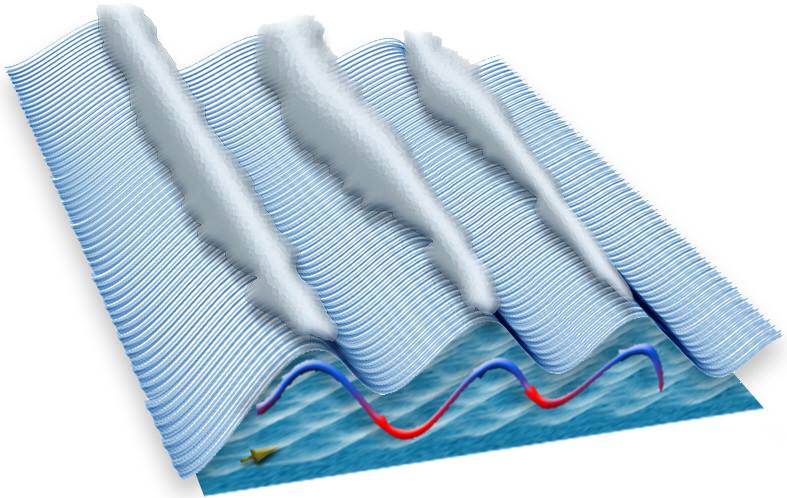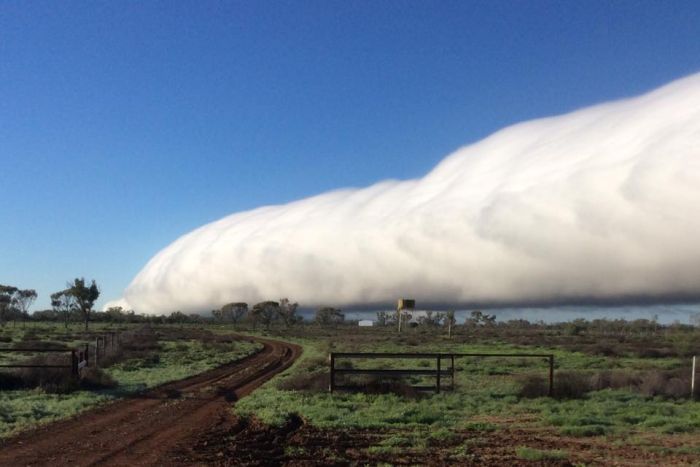
16 Oct Morning Glory Clouds explained
[fusion_builder_container hundred_percent=”no” equal_height_columns=”no” menu_anchor=”” hide_on_mobile=”small-visibility,medium-visibility,large-visibility” class=”” id=”” background_color=”” background_image=”” background_position=”center center” background_repeat=”no-repeat” fade=”no” background_parallax=”none” enable_mobile=”no” parallax_speed=”0.3″ video_mp4=”” video_webm=”” video_ogv=”” video_url=”” video_aspect_ratio=”16:9″ video_loop=”yes” video_mute=”yes” overlay_color=”” video_preview_image=”” border_color=”” border_style=”solid” margin_top=”” margin_bottom=”” padding_top=”20px” padding_right=”” padding_bottom=”20px” padding_left=”” type=”legacy”][fusion_builder_row][fusion_builder_column type=”1_1″ layout=”1_1″ spacing=”” center_content=”no” hover_type=”none” link=”” min_height=”” hide_on_mobile=”small-visibility,medium-visibility,large-visibility” class=”” id=”” background_color=”” background_image=”” background_position=”left top” background_repeat=”no-repeat” border_color=”” border_style=”solid” border_position=”all” padding_top=”” padding_right=”” padding_bottom=”” padding_left=”” margin_top=”” margin_bottom=”” animation_type=”” animation_direction=”left” animation_speed=”0.3″ animation_offset=”” last=”true” border_sizes_top=”0″ border_sizes_bottom=”0″ border_sizes_left=”0″ border_sizes_right=”0″ first=”true”][fusion_text]
Morning glory clouds are some of the most magnificent clouds globally, and Australian’s… or in fact Queenslanders are the lucky ones. Southern parts of the Gulf of Carpentaria, including the open waters, Mornington Island, Burketown, Normanton and areas in between.. is the only known location on the entire planet where these types of clouds can be forecast with some form of accuracy, and observed on a somewhat regular basis.
How do they form?
Morning Glory clouds form in a very unique way and they are the considered well and truly the rarest cloud of the ‘Arcus Cloud’ family. Its a very intricate process that seems to only really occur across the Tropics of Queensland on a more regular basis than other areas.
-
Cape York Peninsula is large enough that it can create sea breezes from 2 directions, both the West and East.
-
These sea breezes collide during the day over Inland parts of Cape York Peninsula, this forces the air to rise where they then create a line of cloud
-
When night falls, the air cools and begins to descend. This descending motion meets an inversion which develops over the Gulf also. The means the air density is different both above and below the air
-
The air descending from the Peninsula to the East then descends underneath the inversion and this creates a rolling cylinder.
-
This cylinder then moves in conjunction with the inversion, so there is always air descending at the back and rising at the front.
-
As day break comes, increased moisture creates the full morning glory roll cloud and this will last until the heating of the day eventually evaporates it.

Basic mechanics of how a morning glory cloud develops
These clouds are heavily sought after by hang gliders as they are the only known clouds in the world where you know exactly where to be in order not to descend. As long as the hang gliders stay on the leading edge of the cloud, they will continue to float for as long as they please or until the cloud evaporates. Each year (usually around October), dozens if not more, hang gliders head to the Gulf of Carpentaria in search for these clouds.
Other occurrences of morning glory clouds have been reported over the English Channel, Central United States of Ameirca, Eastern Russia, Canada, Mexico, the Gulf Coast of California where a similar but much smaller version of Cape York Peninsula occurs, Nova Scotia and other areas of Australia including the Kimberley, Joseph Bonaparte Gulf (North of the Kimberley / West of Darwin). The Arabian Sea, Brazil and other areas. All of them haven’t seen it nearly enough as the Gulf of Carpentaria though.

Morning glory cloud spotted at Blackall during July 2016. Image via Michael Butler
[/fusion_text][/fusion_builder_column][/fusion_builder_row][/fusion_builder_container]


Sorry, the comment form is closed at this time.